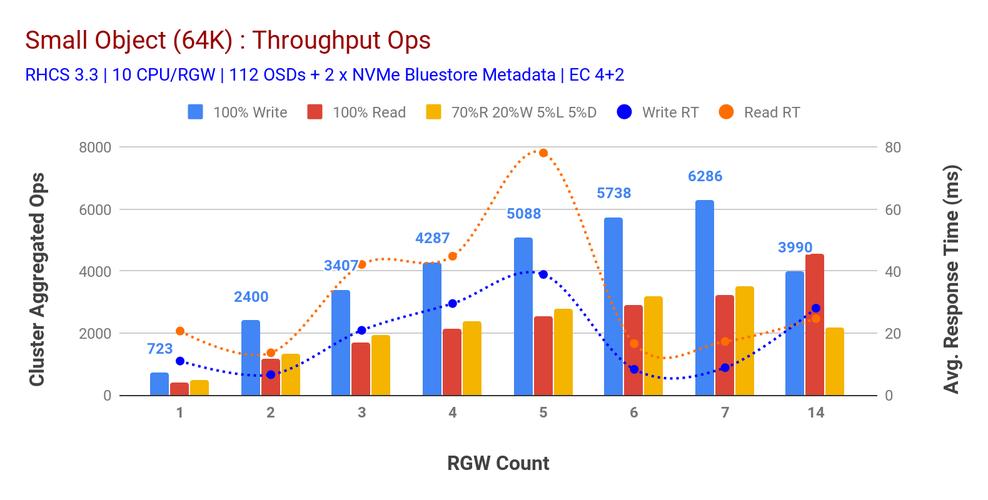Ethereum Layer 2: The Future of Scalability and Decentralization
 summary:
Ethereum Layer 2 offers a promising solution for the scalability and decentralization chal...
summary:
Ethereum Layer 2 offers a promising solution for the scalability and decentralization chal... Ethereum Layer 2 offers a promising solution for the scalability and decentralization challenges faced by Ethereum. It provides an efficient way to handle high transaction volumes without compromising the network's security and decentralization. Layer 2 offers a range of solutions to improve the speed and scalability of Ethereum, paving the way for its widespread adoption in various industries.
In the world of cryptocurrencies and blockchain technology, Ethereum has become a leading platform for decentralized applications. However, with the growth of the network and the increasing demand for its services, scalability has become a major challenge. This is where Ethereum Layer 2 (L2) solutions come into play.
Ethereum Layer 2 refers to a set of technologies and solutions designed to enhance the scalability and performance of the Ethereum network. These solutions aim to address the challenges faced by the base layer of the network, allowing for faster and more efficient transactions.
One of the main challenges faced by Ethereum is the high transaction fees and slow transaction speeds, which have become increasingly evident during peak times. Layer 2 solutions aim to alleviate these issues by offloading some of the computational workload from the main Ethereum network to separate layers or sidechains. This allows for faster transaction processing times and reduced fees, while maintaining the security and integrity of the Ethereum main chain.
There are several Layer 2 solutions in development for Ethereum, each with its own unique approach and features. Here are some of the most prominent ones:
1、Optimism: Optimism is a Layer 2 solution that focuses on building a positive user experience on Ethereum. It uses a technique called optimistic rollups to bundle transactions together and submit them to the Ethereum main chain as a single transaction. This approach allows for faster transaction processing times and reduced fees. Optimism aims to provide a user-friendly experience for developers and users alike.
2、zkSync by Matter Labs: zkSync is a Layer 2 solution that utilizes zero-knowledge proofs to enable secure and scalable transactions on Ethereum. It allows users to prove the validity of transactions without revealing sensitive information, which helps in reducing the workload on the main chain. zkSync aims to provide high-speed transactions with strong privacy features.
3、State Channels: State channels are another Layer 2 solution that enable off-chain transaction processing. They allow two or more parties to engage in a series of transactions without interacting with the main blockchain in each step. State channels can be used for various applications such as microtransactions, gaming, and more. By processing transactions off-chain, state channels help in reducing congestion on the Ethereum main chain.
4、Plasma: Plasma is a Layer 2 solution that operates as a decentralized network of sidechains. It allows for scalability by splitting the workload of the main Ethereum chain into multiple sidechains, each handling a specific type of transaction. Plasma aims to provide a highly decentralized and secure environment for executing smart contracts and dApps on Ethereum.
These Layer 2 solutions have the potential to revolutionize the way we use Ethereum and its services. By enhancing scalability and performance, they can pave the way for a wide range of new applications and use cases within the Ethereum ecosystem.
However, it's important to note that Layer 2 solutions are not without their own challenges. One of the main concerns is the integration process with the main Ethereum chain, ensuring seamless interoperability between the two layers. Additionally, security remains a top priority, as any vulnerabilities in Layer 2 solutions could potentially affect the entire Ethereum network.
Despite these challenges, the development of Layer 2 solutions for Ethereum is an exciting area of innovation and growth. With the increasing demand for scalability and decentralized applications, these solutions are poised to play a crucial role in the future of Ethereum and blockchain technology as a whole.
In conclusion, Layer 2 solutions are at the forefront of Ethereum's evolution. By enhancing scalability and performance, they have the potential to revolutionize the way we use decentralized applications and services on Ethereum, paving the way for a new era of innovation and growth within the blockchain industry.

